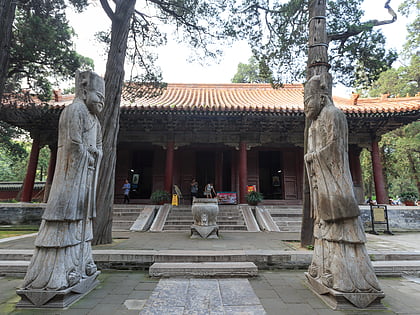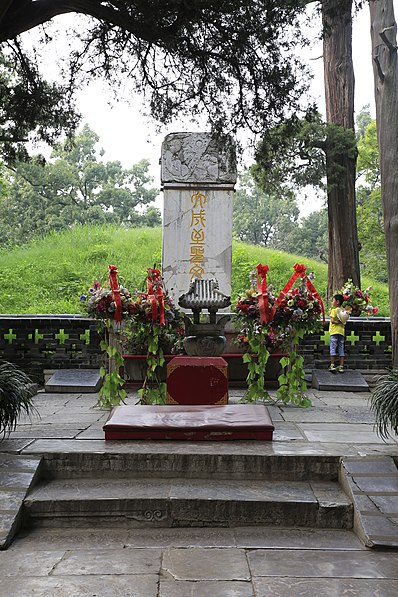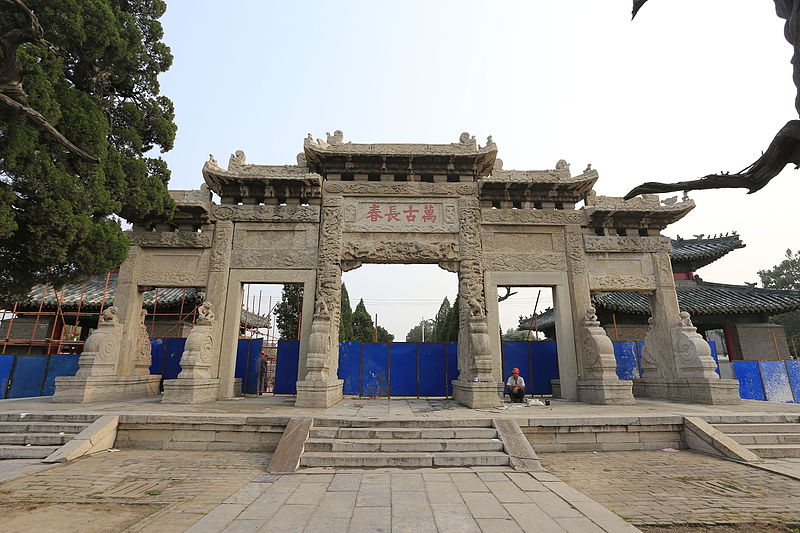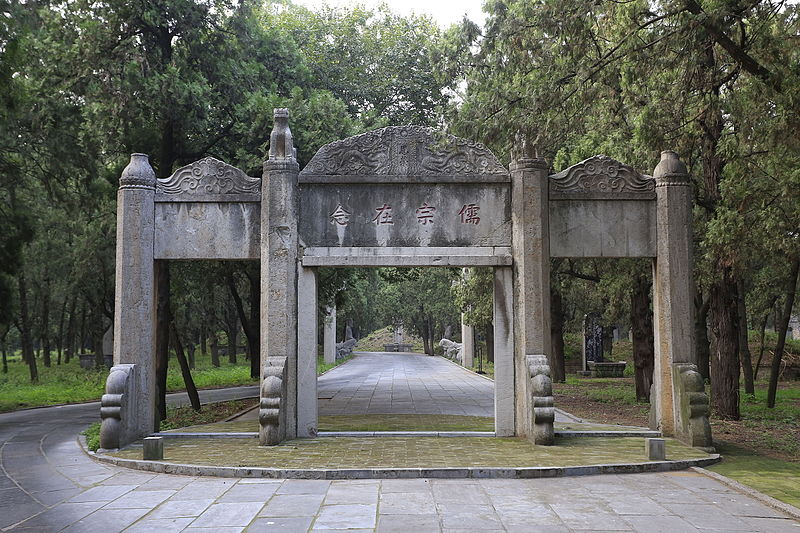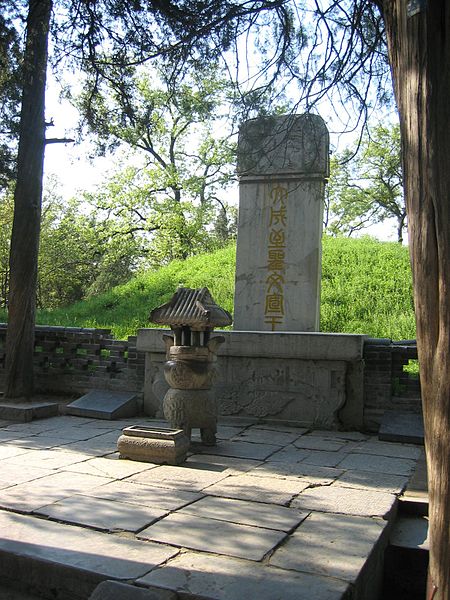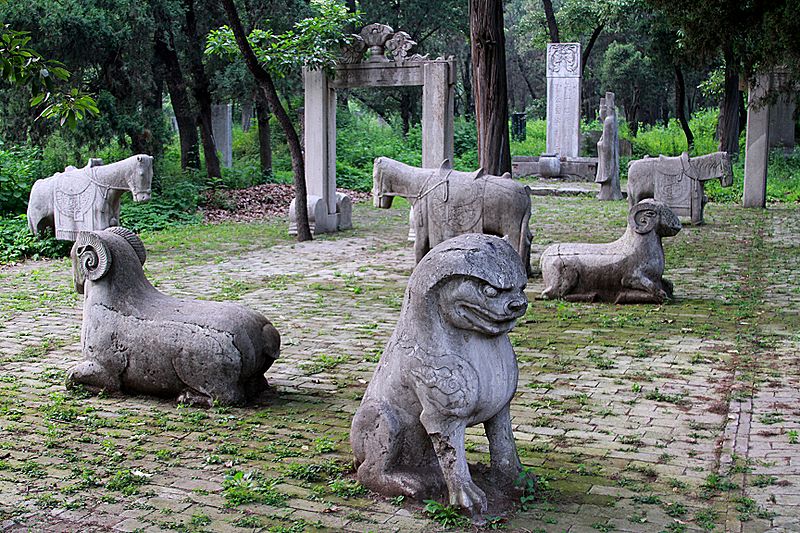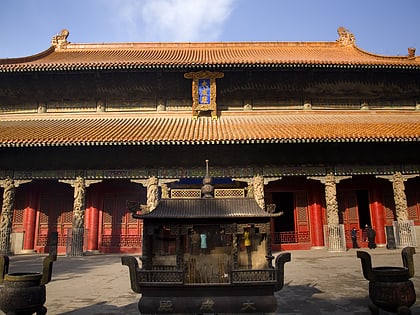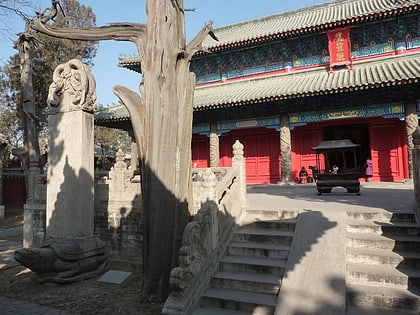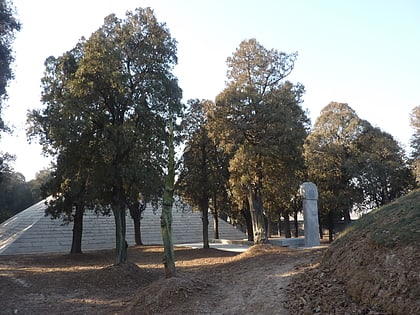Cemetery of Confucius, Qufu
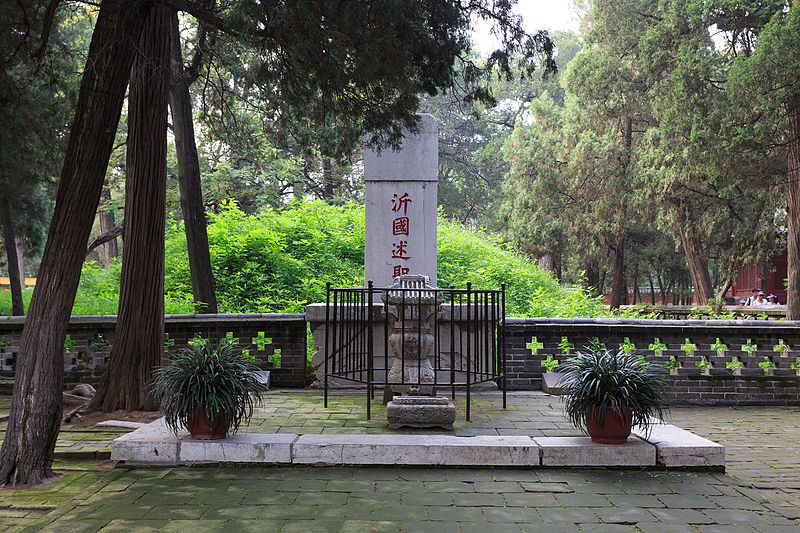
Facts and practical information
Nestled in the ancient city of Qufu, the resting place of the great philosopher Confucius, the Cemetery of Confucius, also known as Kong Lin, is a serene expanse that has stood the test of time. This sacred site, with its tranquil pathways and ancient trees, spans over 200 hectares, making it one of the largest and most important cemeteries in China.
Established more than 2,000 years ago, the Cemetery of Confucius is the final resting place for Confucius and more than 100,000 of his descendants. Visitors to this UNESCO World Heritage Site can meander through the peaceful groves and explore the ornate stone steles and sculptures that honor the legacy of Confucius, whose teachings on morality, propriety, and governance have left an indelible mark on Chinese culture and beyond.
The cemetery is divided into several sections, with the most prominent being the Confucius family area, where the great sage himself was laid to rest. His tomb is a place of reverence and is marked by a simple but imposing mound surrounded by a protective enclosure. The site has been expanded and embellished over the centuries, reflecting the enduring respect for Confucius.
For an insightful experience, the Cemetery of Confucius is best visited in conjunction with the nearby Confucius Temple and the Kong Family Mansion, both of which provide a deeper understanding of the philosopher's life and the influence he had on successive generations.
Visitors should allocate a few hours to fully appreciate the solemn beauty and historical significance of the Cemetery of Confucius. The site is open year-round, and guided tours are available for those interested in a more detailed historical context. Respectful attire and behavior are expected, as the cemetery remains a place of veneration for many.
Cemetery of Confucius – popular in the area (distance from the attraction)
Nearby attractions include: Temple of Confucius, Temple of Yan Hui, Shaohao Tomb, Kong Family Mansion.
